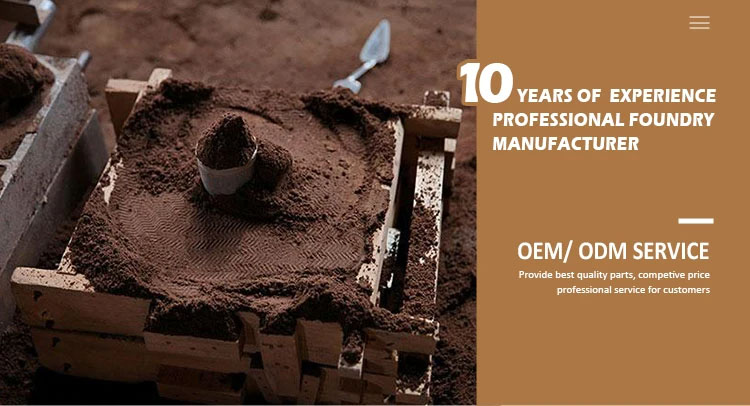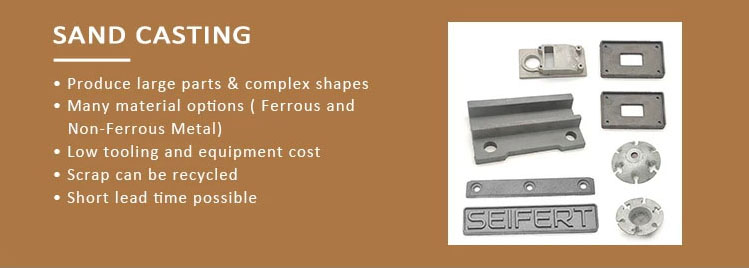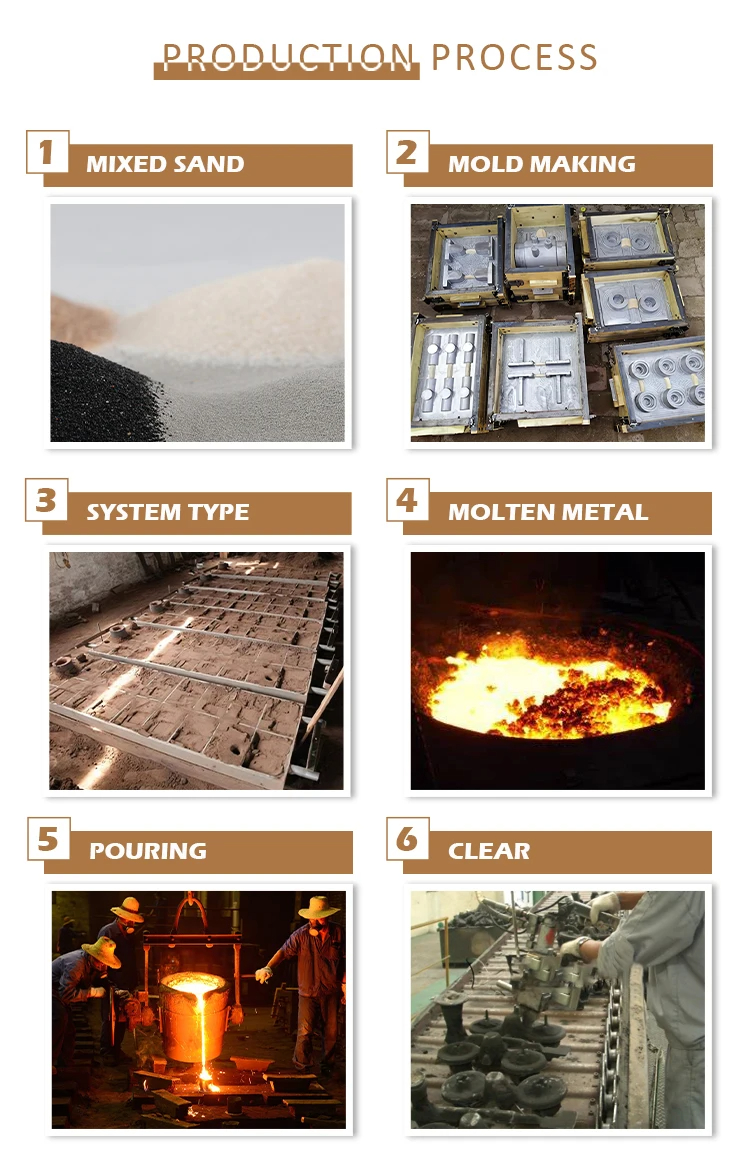


Sand-casting is widely used for making cast-iron and steel parts of medium to large size in which surface smoothness and dimensional precision are not of primary importance.
The first step in any casting operation is to form a mold that has the shape of the part to be made. In many processes, a pattern of the part is made of some material such as wood, metal, wax, or polystyrene, and refractory molding material is formed around this. For example, in greensand-casting, sand combined with a binder such as water and clay is packed around a pattern to form the mold. The pattern is removed, and on top of the cavity is placed a similar sand mold containing a passage (called a gate) through which the metal flows into the mold. The mold is designed so that solidification of the casting begins far from the gate and advances toward it, so that molten metal in the gate can flow in to compensate for the shrinkage that accompanies solidification. Sometimes additional spaces, called risers, are added to the casting to provide reservoirs to feed this shrinkage. After solidification is complete, the sand is removed from the casting, and the gate is cut off. If cavities are intended to be left in the casting—for example, to form a hollow part—sand shapes called cores are made and suspended in the casting cavity before the metal is poured.
Patterns are also formed for sand-casting out of polymers that are evaporated by the molten metal. Such patterns may be injection molded and can possess a very complex shape. The process is called full-mold or evaporative pattern casting.
Contact: StaroCasting
Phone: 0086-13851925018
E-mail: info@starocasting.com
Whatsapp:0086-13851925018
Add: Luoyang industry zone, Changzhou, China